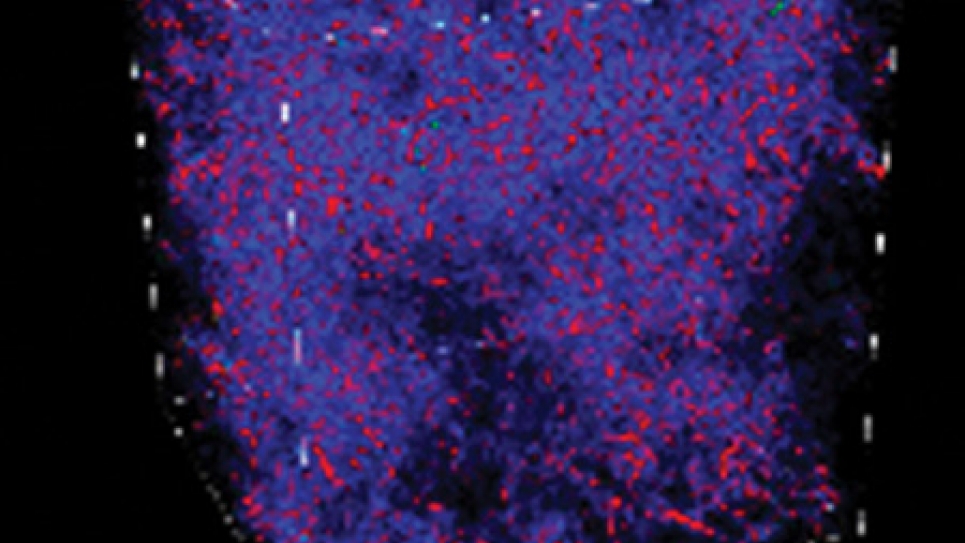
Petascale Direct Numerical Simulations of Turbulent Channel Flow
Researchers propose to use the petascale computing power of the next-generation Blue Gene system to perform direct numerical simulations (DNS) of high Reynolds number turbulent wall-bounded flow in a channel. This DNS is aimed at developing a nearly complete understanding of the phenomena dominating wall-bounded turbulence, which is central to the energy losses inherent in transportation. The impact of such a development will likely be profound. Approximately 28% of U.S. energy consumption is expended on transportation. This energy expenditure is due to the interaction between solid surfaces (of vehicles or pipes) and the fluid flowing past them, leading to drag and the dissipation of energy by turbulence. Since much of the drag in these flows is due to turbulent skin friction, much of this energy consumption results from wall-bounded turbulent shear layers.
The central emphasis of this research is on reaching a sufficiently high Reynolds number to explore the physics that arise in the overlap region. The overlap region is where the viscous near-wall turbulence interacts with the outer-layer turbulences. This interaction is key to understanding high Reynolds number turbulent wall layers. To investigate this interaction, it is necessary that the Reynolds number be sufficiently high so that there is a substantial disparity in scale between the inner and outer layers. The results can then be extrapolated to arbitrary Reynolds numbers. This simulation will be performed using the supercomputing software that the proposing team has developed and benchmarked on Blue Gene/P and will further optimize for performance on the next-generation Blue Gene.